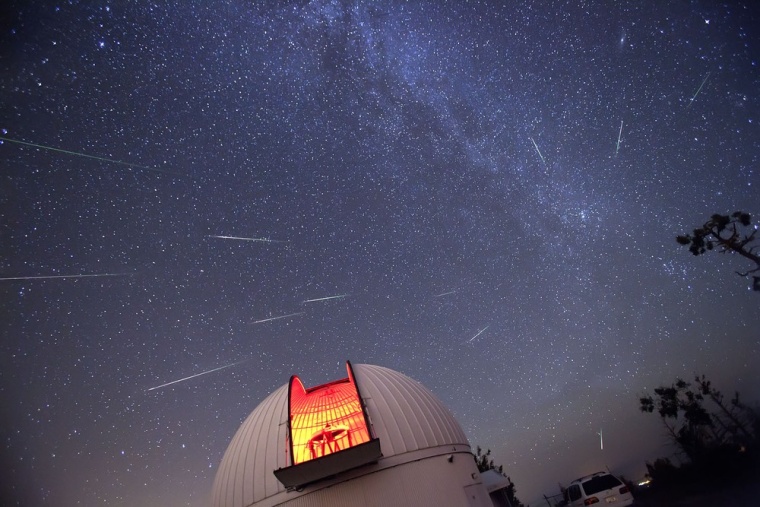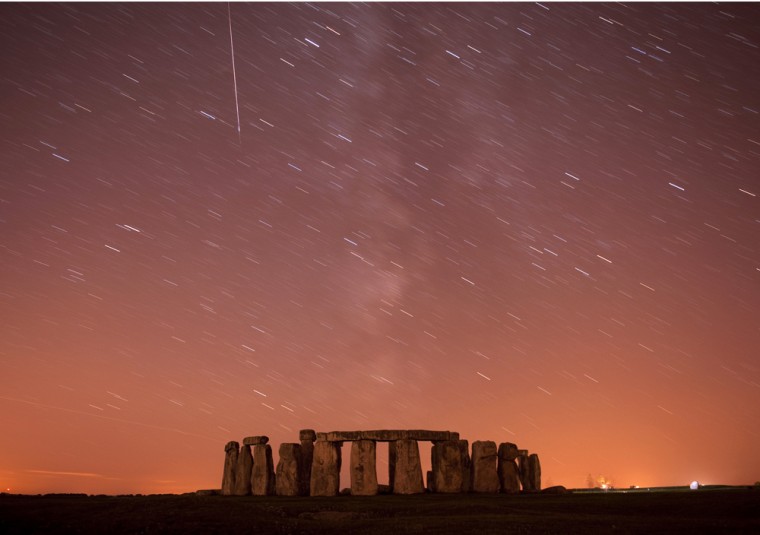The 2010 Perseid meteor shower lived up to its promise of a meteor per minute just before dawn Friday, providing an excellent celestial spectacle for people around the globe who had dark and clear skies.
"In Iran, the Perseid meteor shower was great," Mohammad Reza Zaman Sani told Spaceweather.com.
Another observer, Anthony in Florida, was one of several who noticed that the meteors sometimes came in bursts. "There would be a few minutes of nothing, then 1, 2, 3 in a row," he said, writing (without his last name) on Meteorobs, a website that tracks meteor observations.
"We had a nice show in Norway even though the sky was still not completely dark," said Runar Sandnes on Spaceweather.com. "Meteors came sometimes in showers of 2 or 3."
The Perseid meteor shower is caused by ancient debris left by multiple orbits around the sun of the comet Swift-Tuttle. They name comes from the fact that the meteors appear to emanate from the constellation Perseus, which was high overhead just before dawn. The meteors all streaked away from that point of origin, called the radiant. A few non-Perseids, called sporadic meteors, were also observed on totally different trajectories.
"I counted 20 Perseids in a 20-minute period starting at 4:10 a.m," said Robert Roy Britt, Space.com editor in chief. "Most were faint, but two were as bright as Jupiter, leaving brief vapor trails that marked their path."
Jupiter presided over the annual event, hovering high in the southern sky as the brightest object in the early morning sky.
Britt observed the shooting stars from reasonably dark skies at the north edge of Phoenix. There were bursts of up to a half dozen meteors in a two-minute period and lulls that lasted up to four minutes, he said.

Though never the grandest of events, like the 2001 Leonid meteor storm, the Perseid shower is known for being reliable, and also for the occasional bright fireball, or bolide — an exploding meteor. Other observers reported fireballs in recent days. The Perseids began in late July, peaked last night and this morning, and will continue but tail off over the next several days.
If you missed the peak of the shower, late tonight into early Saturday morning offers another opportunity, experts say. While the number of meteors will drop off significantly, a patient observer with dark skies could see several meteors per hour in the predawn Saturday. Those in urban or suburban areas will see far fewer.
